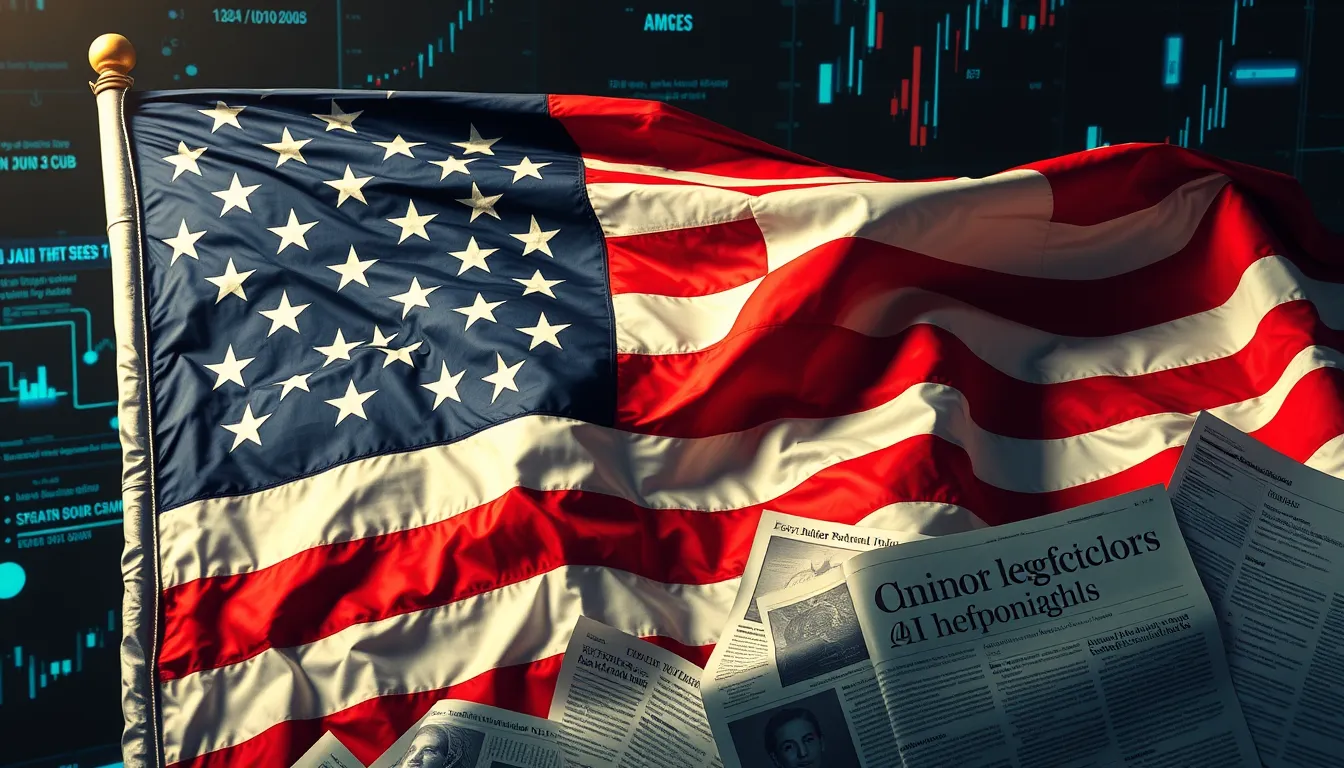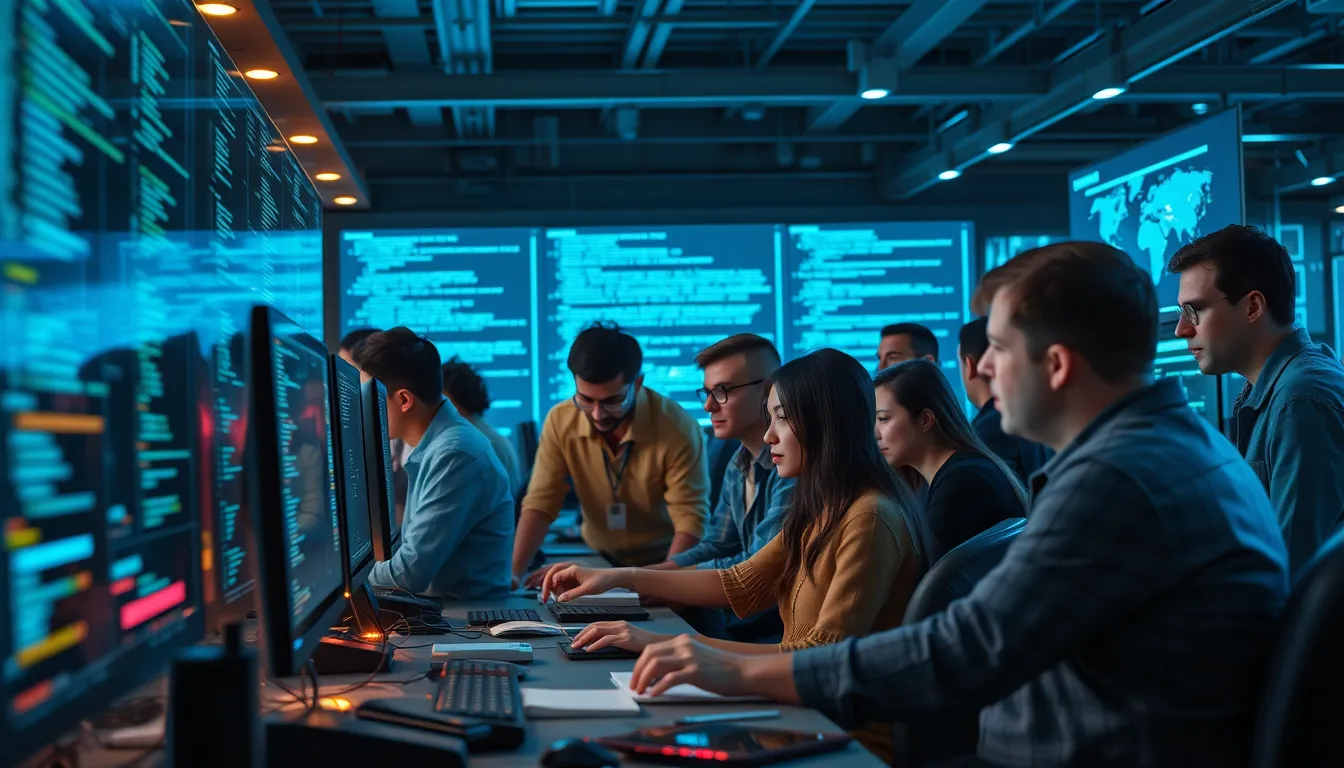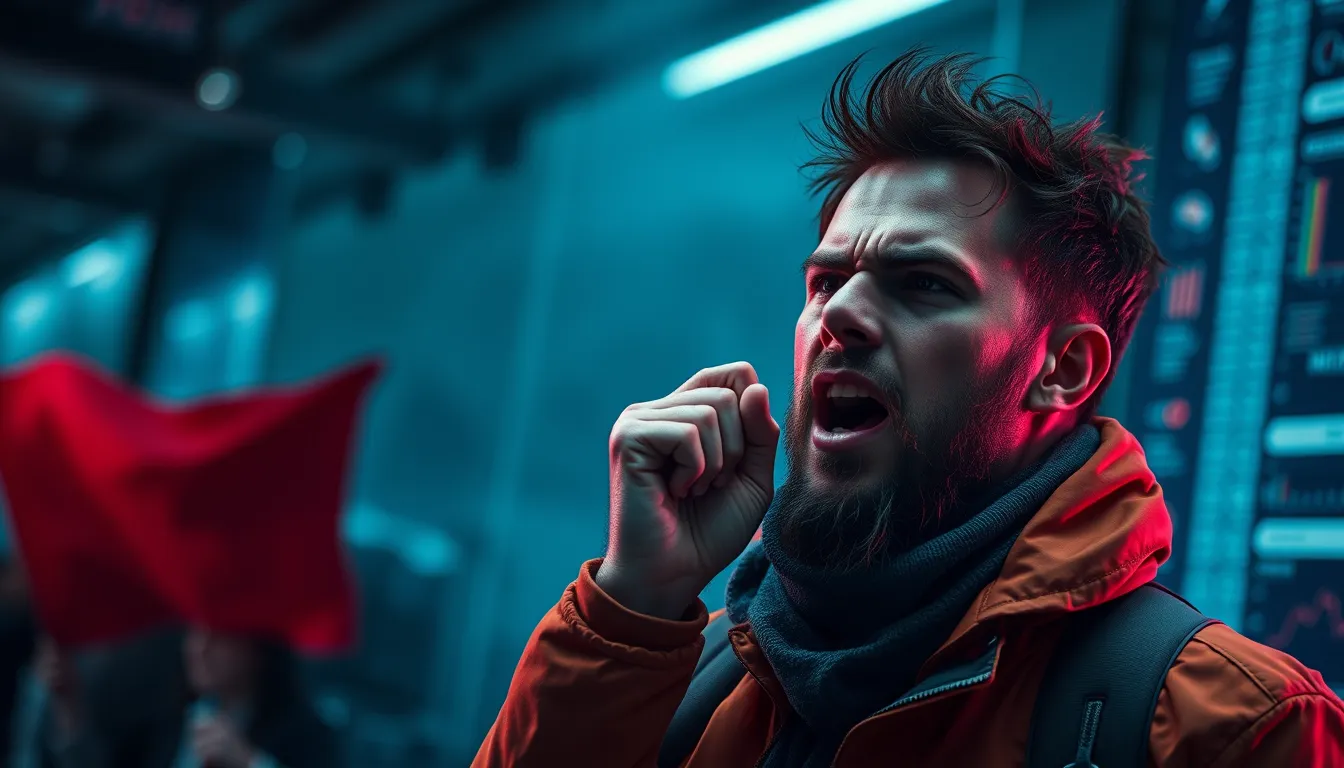Now Reading: Urgent Call: Stopping AI Theft with Balanced AI Regulation
-
01
Urgent Call: Stopping AI Theft with Balanced AI Regulation
Urgent Call: Stopping AI Theft with Balanced AI Regulation

Urgent Call: Stopping AI Theft with Balanced AI Regulation
The digital age has ushered in incredible technological advancements, but it has also brought an increase in challenges such as AI theft and regulation. Major stakeholders, including leading publishers, are sounding the alarm against the rampant misuse of creative content by AI companies. This comprehensive discussion addresses the urgent need for stronger legal enforcement to protect creative work and outlines proposed measures for a balanced framework in AI regulation.
Introduction: The Rising Concern of AI Theft and Regulation
Today, the issues surrounding AI theft and regulation are more critical than ever. As advanced algorithms create new opportunities, they also open avenues for unethical practices like unlicensed use of copyrighted materials. Creators and publishers find themselves fighting an uphill battle to retain rights over their intellectual property. The call for tighter copyright enforcement and a balanced regulatory framework is not only a fight for financial security but also an intrinsic matter of cultural preservation.
The Problem: Unchecked AI Theft and Copyright Infringement
At the core of the debate is the phenomenon of AI theft, where artificial intelligence systems use protected content without consent. Some crucial points outlining the problem include:
- Unfair Use of Intellectual Property: Many AI companies capitalize on existing creative works without seeking permission or offering adequate compensation, leading to an infringement of copyright.
- Revenue Loss for Creators: With revenue-sharing models being non-existent or minimal, artists and writers suffer a significant financial impact. For further details on intellectual property, refer to reliable sources such as Copyright.gov.
- Systemic Exploitation Issues: Beyond monetary loss, the unauthorized use of content threatens the overall integrity of creative labor and diminishes the quality of original work available in the market.
These issues underscore why it is necessary to enforce a more robust framework to counteract practices that have allowed what many call the theft of creative work in the digital era.
The Need for Comprehensive AI Regulation
The current environment calls for immediate government intervention aimed at establishing clear rules that would ensure fair usage of creative works. Incorporating the primary keywords AI theft and AI regulation into policy discussions emphasizes that any progress in technology must come paired with strict standards to protect originality. The proposed regulatory measures include:
- Tighter Copyright Enforcement: Agencies must update existing laws to address how AI scraping and automated data collection are managed. A recent initiative by various publishers demands tighter copyright enforcement to curb unauthorized data mining.
- Fair Licensing Agreements and Revenue-Sharing Models: One of the critical recommendations is to compel AI companies to negotiate fair licensing agreements when using copyrighted material in their training data. This measure can be complemented by revenue-sharing models that directly benefit the creators, ensuring continued investment in creative industries.
- Balanced Framework for AI Regulation: The principle of balance is key, ensuring that innovation is not stifled while protecting the rights of content creators. Long-tail queries like “how to prevent AI theft” and “balanced framework for AI regulation” encapsulate the dual approach needed to support both technology growth and creative work protection.
How to Prevent AI Theft: Proposed Strategies and Solutions
A multi-faceted approach is required to address the controversies surrounding AI theft. Some strategies include:
- Strengthening Legal Protections: Updating copyright laws to include specific provisions for AI-generated infringement is a priority. Government bodies and legal authorities are urged to reexamine existing policies to better protect digital content.
- Encouraging Fair Licensing Practices: By promoting fair licensing agreements, the creative industry can aim toward equitable revenue-sharing models. These practices will ensure that creators receive proper acknowledgment and compensation for the use of their work.
- Promoting Transparent AI Operations: Establish clear guidelines requiring AI companies to disclose how they source and utilize licensed material. Transparency in operations helps build trust and deter theft.
- Engaging Stakeholders: Collaboration among publishers, creators, technology firms, and policymakers is essential. Such cooperation can lead to innovative solutions that address both technological advancement and ethical standards. For international perspectives and further insights, visit the World Intellectual Property Organization (WIPO).
The Broader Implications: Culture, Innovation, and Legal Precedents
Beyond the immediate financial implications, the controversies surrounding AI theft and regulation bear cultural significance. Creative work is a cornerstone of societal progress, and any erosion in the protection of these works can have long-term effects on the cultural landscape. The balanced framework aimed at preventing AI theft not only safeguards content but also fosters innovation by ensuring creators remain motivated and properly compensated.
Moreover, establishing a balanced regulatory system sets a legal precedent that could influence other areas of technological development. It is crucial to recognize that fair regulation acts as a catalyst for both technological innovation and the preservation of cultural heritage, ensuring that the digital revolution benefits all sectors of society.
Conclusion: A Call for Immediate and Balanced Action
The issue of AI theft and regulation is far from being a niche concern; it is a societal challenge that affects creative industries, technological innovation, and cultural integrity. By pushing for tighter copyright enforcement, fair licensing agreements, and comprehensive regulatory frameworks, stakeholders are charting a path toward a more equitable future. The time has come for lawmakers not only to listen but to act decisively in protecting the rights of creators while accommodating the rapid advancement of artificial intelligence.
As this debate continues to evolve, it is imperative for everyone—policymakers, industry leaders, and the public—to remain informed and engaged. Fortifying the intersection of technology and creativity promises a future where innovation is encouraged and creativity is respected. For additional updates and detailed policy analysis, keep an eye on trusted sources and official government publications.
Ultimately, the call for action on AI theft and regulation is a reminder that progress must be balanced with integrity. With fair policies, transparent operations, and robust protections in place, the digital era can become a space of opportunity where creators thrive and technology serves the collective good.

























